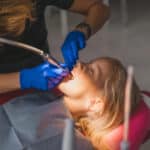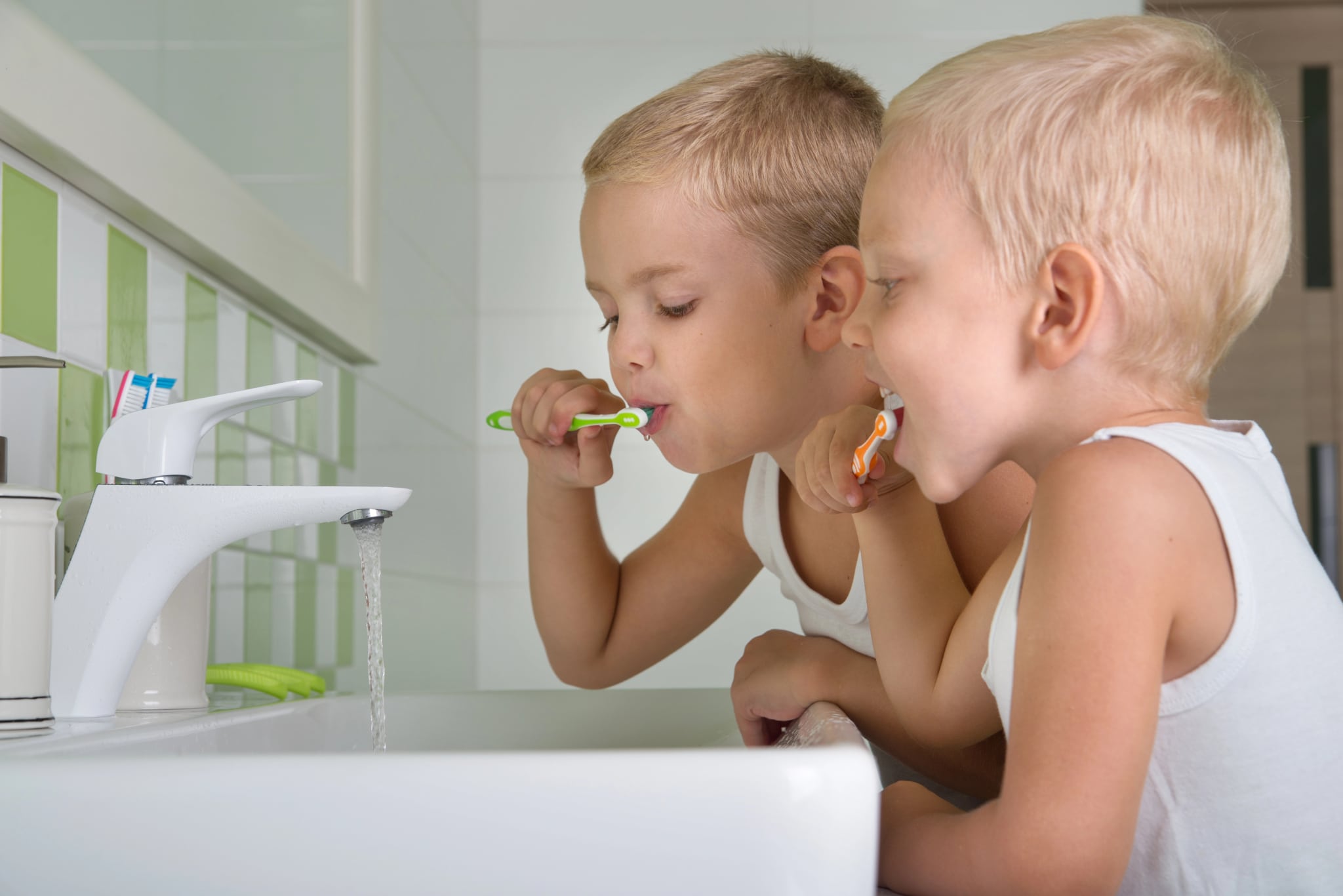Teething is one of the first big milestones in your baby's development—and one of the most misunderstood. Between the drooling, crankiness, and occasional sleepless nights, many parents are left wondering what's normal and when it's time to call the dentist. At Simcoe Kids Dental, we know how important it is for families to have clear, …
Teething is one of the first big milestones in your baby’s development—and one of the most misunderstood. Between the drooling, crankiness, and occasional sleepless nights, many parents are left wondering what’s normal and when it’s time to call the dentist.
At Simcoe Kids Dental, we know how important it is for families to have clear, accurate information about oral health from day one. From the first tooth to growing concerns about alignment and jaw size, here’s what parents need to know—and what we advise—when it comes to teething and early dental care. (Source: My Health Alberta, Teething: Common Concerns, https://myhealth.alberta.ca/Health/pages/conditions.aspx?hwid=ue5398&lang=en-ca#:~:text=Some%20babies’%20teeth%20erupt%20later,through%20the%20gum%20(impaction) ).
1. Are My Baby’s Symptoms Caused by Teething?
Many babies begin teething around six months, and common symptoms include drooling, mild irritability, gum rubbing, and chewing on objects. However, symptoms like high fever, diarrhea, or persistent rashes are not caused by teething and may point to other health issues.
Simcoe Kids Dental shares, “Teething often gets blamed for everything from fevers to sleeplessness, but it’s important to separate fact from fiction. Mild discomfort is normal, but if your baby has more serious symptoms, it’s best to consult a pediatrician. Parents should also pay attention to how often their child is using a pacifier during teething—overuse can lead to ‘pacifier teeth,’ where front teeth angle outwards or don’t come in properly. Balancing soothing methods like cold teething rings with limited pacifier use can make a big difference in future tooth alignment.”
2. Why Are My Baby’s Teeth Not Coming In As Expected?
There’s a general timeline for teething, but every baby is different. Some start as early as four months, while others may not see their first tooth until after their first birthday. Delay isn’t usually a cause for concern unless teeth haven’t appeared by 18 months.
Simcoe Kids Dental notes, “It’s completely normal for tooth eruption to vary. However, if no teeth have emerged by 18 months, it’s worth checking in with a pediatric dentist. We look at factors like genetics, nutrition, and oral habits. Children who use pacifiers for extended periods may experience delayed eruption or alignment issues due to constant pressure on the gums. Early dental visits—ideally by their first birthday—allow us to monitor growth and catch problems before they become bigger issues.”
3. What If My Baby Loses a Tooth Because of an Injury?
Toddlers are curious and clumsy, and accidents are part of the learning process. If a baby’s tooth is knocked out early, it could impact how and where permanent teeth come in.
Simcoe Kids Dental comments, “Suppose a child loses a baby tooth due to trauma; in this, case we need to assess more than just the visible damage. The root area, surrounding gum, and the underlying adult tooth could all be affected. Depending on the situation, a space maintainer may be necessary to keep the proper spacing for adult teeth. We also encourage parents to be cautious with pacifiers during active play. Prolonged use can alter the bite, increasing the risk of injury to protruding front teeth during falls.”
4. Why Does My Child Have a Double Row of Teeth?
If adult teeth begin to emerge before the baby teeth have fallen out, it can cause a double row of teeth, commonly called “shark teeth.” It usually affects the lower front teeth and often resolves without intervention.
Simcoe Kids Dental highlights, “Double rows are fairly common and not typically an emergency. That said, if the baby tooth isn’t loosening on its own, we might recommend extraction to avoid crowding. We also look at space issues, especially if the jaw is small or the child still uses a pacifier. Pacifier habits can change how teeth erupt and how the jaw forms, making these double eruptions more pronounced. Identifying and managing these factors early prevents orthodontic complications later.”
5. What If My Child Has a Small Jaw?
A smaller or narrow jaw may not have enough room for all teeth to grow in properly, leading to crowding, impaction, or bite issues. This is often hereditary but can also be influenced by oral habits.
Simcoe Kids Dental expresses, “A narrow jaw can impact everything from tooth spacing to speech. Early assessment is key—sometimes, we can guide jaw growth or recommend early orthodontic interventions that reduce the need for braces later. Children who have used pacifiers beyond age three are especially prone to jaw development issues. The constant sucking motion can narrow the palate, which affects how both baby and adult teeth erupt. That’s why we always discuss pacifier habits during early visits—it’s about setting kids up for lifelong oral health.”
Early Awareness Leads to Healthier Smiles
Understanding the signs of teething and how oral development unfolds helps parents make smart, informed decisions. Whether your baby’s teeth are slow to show up, coming in two at a time, or already experiencing spacing issues, early dental care is one of the best steps you can take.
Simcoe Kids Dental adds, “Every child’s dental journey is different, but the earlier we start observing and supporting healthy habits, the better the outcomes. From pacifier guidance to eruption patterns and jaw development, we’re here to give parents clarity and confidence. A child’s first dental visit isn’t just about checking for cavities—it’s about building a foundation for a healthy, beautiful smile.”






